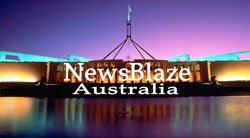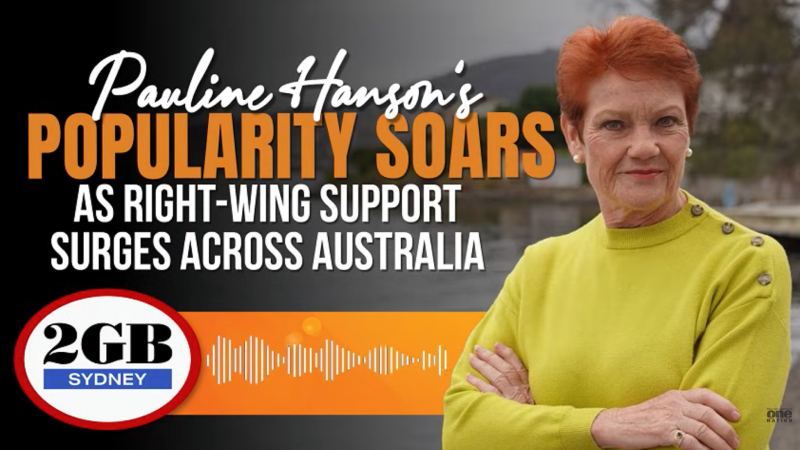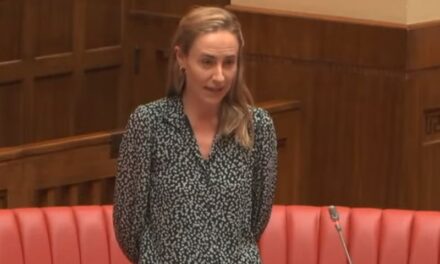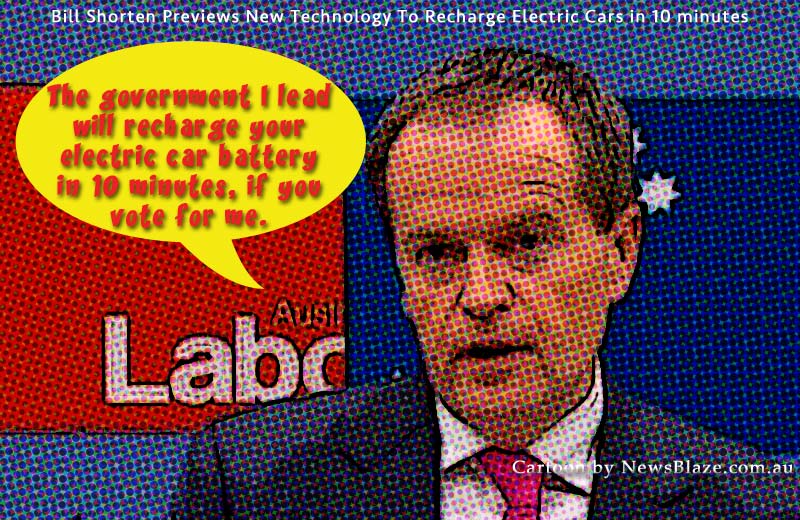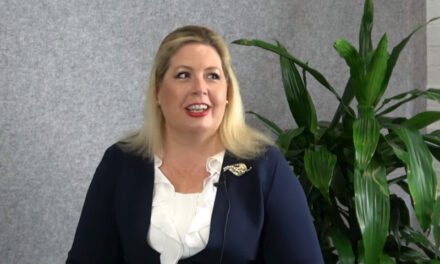Pauline Hanson’s One Nation is no longer seen as a fringe protest party. One Nation popularity now rivals, and in some polls exceeds, that of the Greens.
The party doubled its Senate representation at the May 2025 federal election and now holds four upper house seats, matching the Nationals.
Post-election polling places One Nation between roughly 10 and 15 per cent nationally, about twice its election primary vote.
That rise, combined with a sharp fall in Coalition support, is reshaping the conservative side of Australian politics.
From Protest Vote to Senate Power
At the 2025 Senate election, One Nation won the final seats in New South Wales and Western Australia, adding Warwick Stacey and Tyron Whitten to a team that already included Pauline Hanson and Malcolm Roberts.
Labor led in both contests during early counting but slipped behind as preferences flowed, leaving One Nation with four senators in the new parliament.
With four senators, the party holds similar numbers to the Nationals in the upper house and can influence legislation when Labor or the Coalition need crossbench votes.
One Nation Popularity Climbs in Polls
Since the election, support for One Nation climbed well above its 6.4 per cent federal primary vote.
ABC analysis reports One Nation polling between 10 per cent in Newspoll and 14 per cent in Redbridge surveys. An Essential poll even placed the party slightly ahead of the Greens nationally. ABC+2ABC+2
Newspoll for The Australian later recorded One Nation at 15 per cent primary support, while Roy Morgan tracking shows the party gaining ground as Coalition support slides. The Australian+3skynews.com.au+3X (formerly Twitter)+3
One Nation’s own polling summary claims its aggregated support rose from about 8 per cent before the election to around 10 per cent since, and highlights even stronger figures in some states.
Demographically, the party draws most of its support from voters over 30, with younger backers still a minority but slowly increasing.
Where Support Is Growing
Regional Queensland, New South Wales and Western Australia form the core of One Nation’s vote. The party performs strongly in resource regions, manufacturing towns and outer-suburban areas facing cost-of-living stress.
ABC reporting and academic analysis suggest much of the recent surge comes at the Coalition’s expense, particularly among conservative voters who feel ignored on immigration, energy prices and cultural issues.
One Nation is also expanding local branches and membership, describing a “grassroots pivot” that aims to convert polling numbers into ground campaigns in key seats.
Despite this, experts note the party still faces organisational challenges in lower house races, where strong local campaigns and candidate networks often decide results.
Policy Platform: Climate, Cost of Living and Immigration
Climate and energy policy sit at the centre of One Nation’s appeal. The party runs a formal campaign to abolish Australia’s Net Zero by 2050 policy, arguing it drives up power and fuel prices and destroys jobs.
One Nation wants Australia to exit the Paris Agreement and opposes climate-related institutions such as the Climate Change Authority and the Net Zero Economy Authority.
It backs coal, gas, hydro and nuclear as core components of the long-term energy mix, rather than short-term “transition” fuels. Party messaging stresses energy security and cheaper power over emissions targets.
Beyond climate, One Nation promotes a tough line on immigration and border control, promises action on crime and housing pressures, and attacks what it describes as “political correctness” in public institutions.
Those positions resonate with voters who say they feel left behind by both major parties and distrust shifting policy positions in Canberra.
Relationship With the Liberal–National Coalition
One Nation competes directly with Liberal and National candidates in many regional and outer-suburban seats. Preference flows from One Nation voters also shape tight contests between major parties.
Analysts note that conservative voters disillusioned with the Coalition’s handling of immigration, net zero and cultural debates increasingly see One Nation as a clearer vehicle for protest and pressure.
The rise in One Nation popularity complicates the Coalition’s path back to government. A stronger right-wing minor party can pull votes away in marginal seats, even as it pushes the Liberals and Nationals toward harder positions on climate and social policy.
Reaction to the Liberal Net Zero Reversal
The Liberals’ decision to abandon the 2050 net zero target gave One Nation another platform.
Hanson welcomed the move as proof that “One Nation has set the agenda by demanding an end to net zero,” but called the new Liberal stance a “smoke and mirrors game” because it keeps Australia inside the Paris Agreement.
She argues only One Nation supports scrapping net zero, repealing related laws and exiting Paris entirely, while the major parties still intend to reach net zero over time.
The ABC reports that some Liberal MPs also see One Nation as the “biggest political threat” on the party’s right, particularly in regional Queensland and New South Wales.
NewsBlaze.com.au’s companion report on the Liberal net zero policy explores that connection in more detail.
What Rising One Nation Popularity Could Mean
If current polling holds to the next election, One Nation stands a strong chance of keeping its four Senate seats and possibly adding more, securing regular leverage over legislation in the upper house.
In the House of Representatives, the party still faces structural hurdles but is preparing to target selected regional and outer-suburban electorates, including some long-held Nationals seats.
For the Coalition, sustained One Nation popularity brings a strategic dilemma. Moving closer to One Nation on issues like net zero and immigration may stem vote leakage on the right, but risks further losses to teal independents and centrist voters in city seats.
How long One Nation popularity endures, and how effectively the party converts that support into lower-house seats, will help decide the shape of Australia’s conservative politics at the next federal poll.
